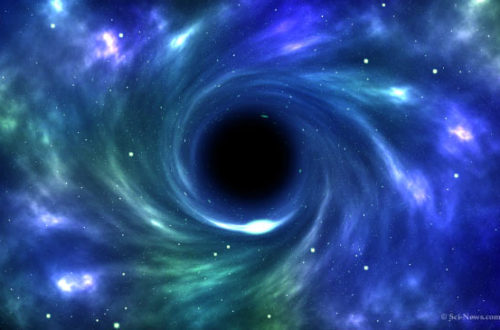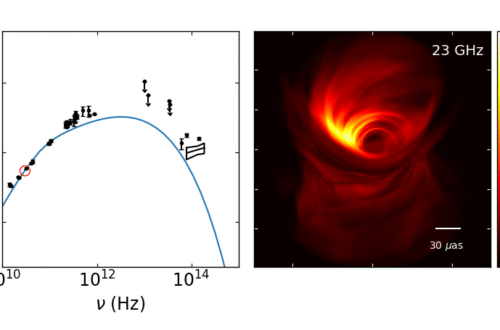Last year, the Event Horizon Telescope (EHT) presented the observations of Sagittarius A* (Sgr A*), located at the Galactic Center of the Milky Way. Their results confirm the presence of a supermassive black hole at the center of our galaxy (see Fig. 1 or this interview). Such an astrophysical object is expected to be described by the Kerr spacetime, which is a solution of Einstein’s equation for a rotating black hole. Furthermore, they also investigated potential deviations from the Kerr prediction, such as the traversable Morris–Thorne wormhole! See my previous blogpost for more context about wormholes.
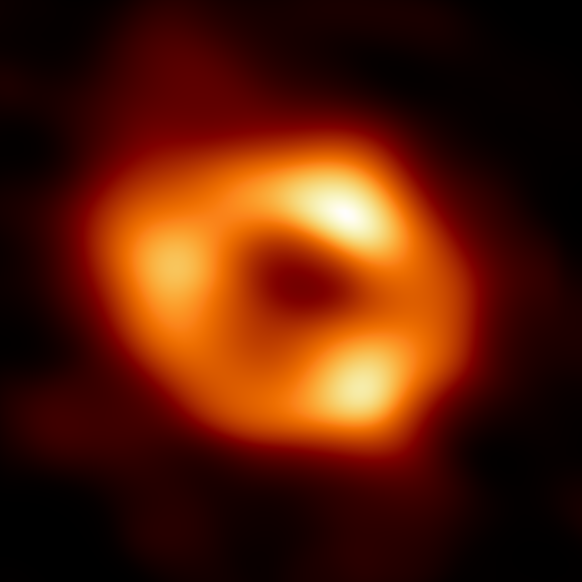
The visual difference between simulations of the accretion flow from the two spacetime geometries is shown in Fig. 2. On the left is an image of the glowing plasma orbiting around a Kerr black hole. And on the right is a flow model from a traversable wormhole spacetime. Both cases reveal a dark central region surrounded by a bright ring-like structure. Now, how to tell Sgr A* is a black hole or a wormhole? If you want the complete analysis click on this link. For the ones looking for a short answer, continue reading this blog.
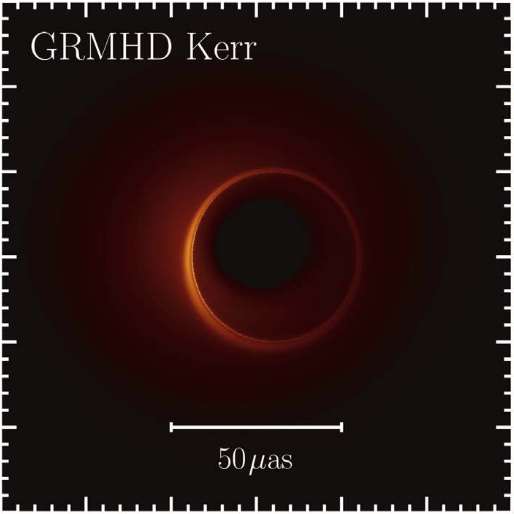
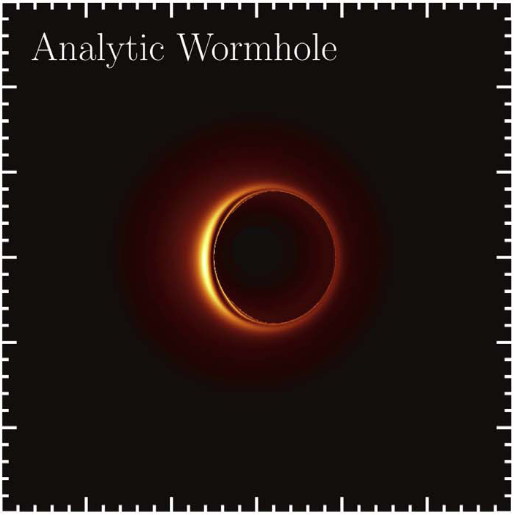
Fig. 2. Simulated images of accretion flow from Kerr black hole (right) and wormhole (left).
Using precision measurements of the mass-to-distance ratio for Sgr A*, EHT measured accurately the size of the observed ring and confirmed it is within the Kerr predictions. However, the Morris–Thorne wormhole is ruled out because it predicts a shadow size significantly smaller than what is observed. Bad news for a conspiracy theory!



